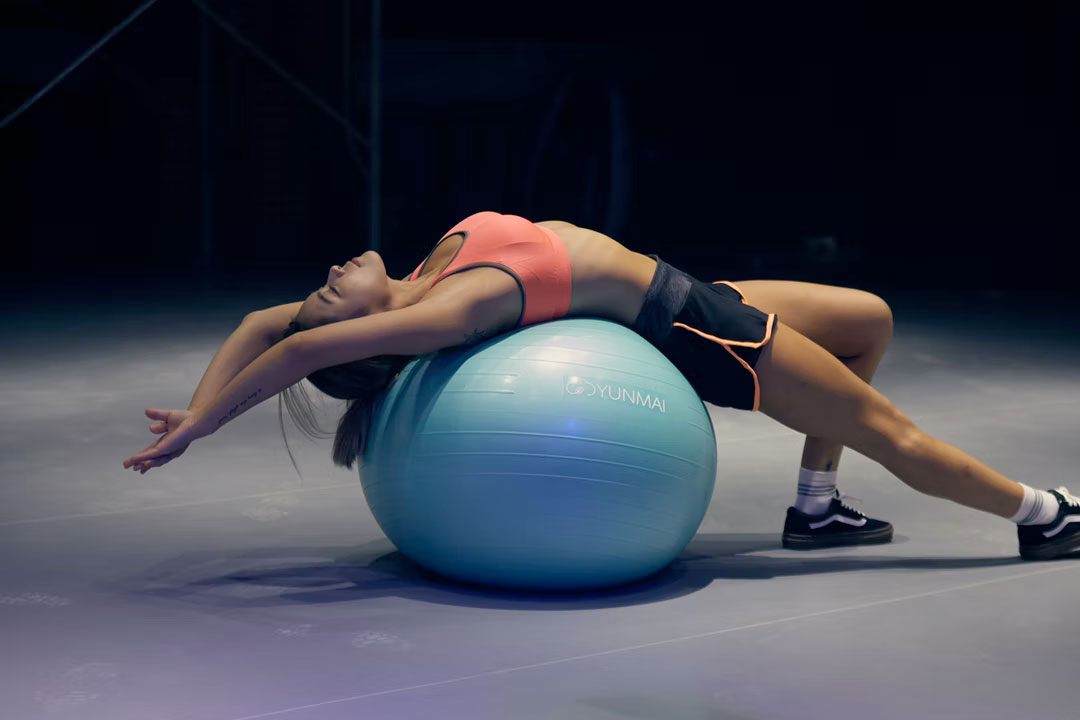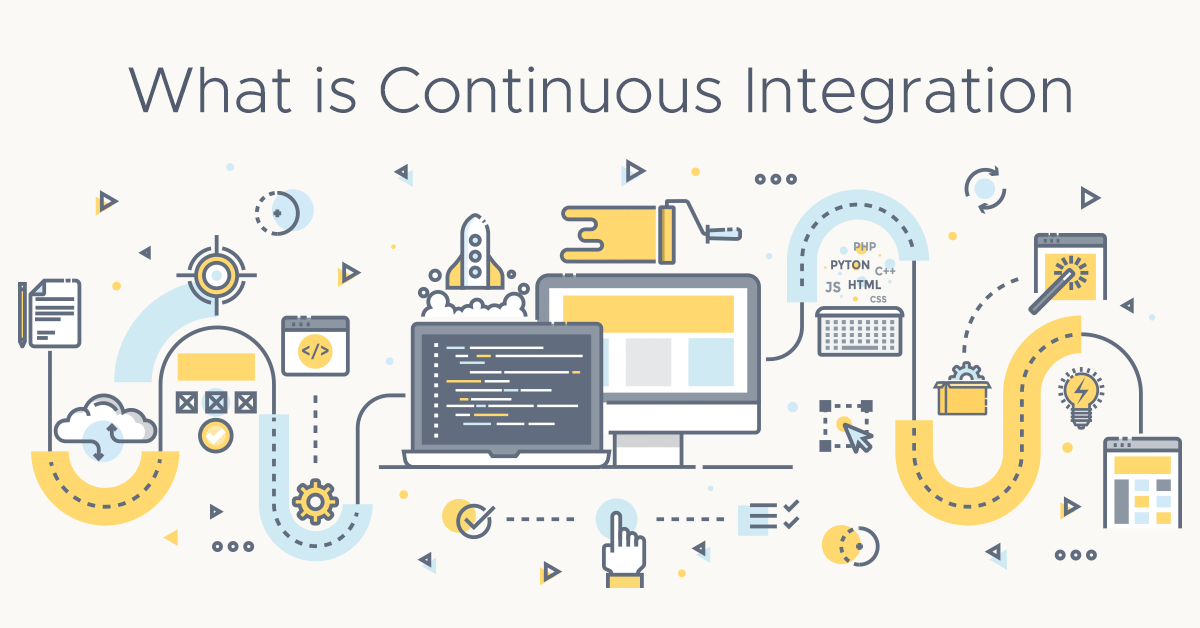

Albert Newton
What you need to know about your lower back pain?
Lower back pain is a common problem that can be caused by a variety of factors. Weakened abdominal muscles, for example, can lead to back strains and sprains. So if you spend most of the day at your desk in front of the computer, without any exercising regularly or any other physical activties, - there you go - you can feel your back already a week and it wont get better. People who smoke, drink alcohol excessively or live a sedentary lifestyle are also at higher risk of back pain.
Symptoms of lower back pain can come on suddenly or appear gradually. Sometimes, pain occurs after a specific event, such as bending to pick something up.
First, physio or therapy may help relieve your pain. Second, your body may need some time to adjust and heal. Lastly, be sure to stay active and maintain good posture to prevent further pain. Staying active is important, as it helps increase blood flow to the area and speeds up the healing process.
If you're over 30 and suffering from lower back pain, there's a good chance it's due to disk degeneration. Disks act as cushions between the bones in your spine, and as they weaken with age, pain and stiffness can result.
Carrying extra weight can also contribute to back pain, as it puts pressure on joints and disks. If you're struggling with back pain, physio or therapy may be able to help. By working on strengthening and stabilising the muscles in your back, you can take pressure off your disks and joints, and reduce your pain.
There are a few things you can do to help prevent lower back pain, including:
- Maintaining good posture. slouching puts unnecessary stress on your spine and can lead to pain.
- Exercising regularly. This helps keep your muscles and ligaments strong and flexible, which can reduce the risk of injury.
- Wearing comfortable, supportive shoes. High heels or ill-fitting shoes can throw off your posture and contribute to back pain.
If you do experience lower back pain, there are a number of physio-led treatments that can help, including:
- Massage. This can help to relieve muscle tension and pain.
- Exercise. Specific physio exercises can help to strengthen the muscles around your spine and improve your range of motion.
- Electrotherapy. This uses electrical stimulation to help reduce pain.
Physio or physical therapy may be recommended to help strengthen the muscles and support the spine. In some cases, pain medication may also be prescribed.
Your lower back pain may also be caused by an underlying condition. It's important to get a proper diagnosis so that you can receive the most effective treatment possible. In some cases, surgery may be necessary to correct the problem.
Finally, remember that you are not alone. Lower back pain is a very common condition, affecting millions of people around the world. There are many resources available to help you cope with your pain and live a full and active life.
Albert Newton
A beautiful mind